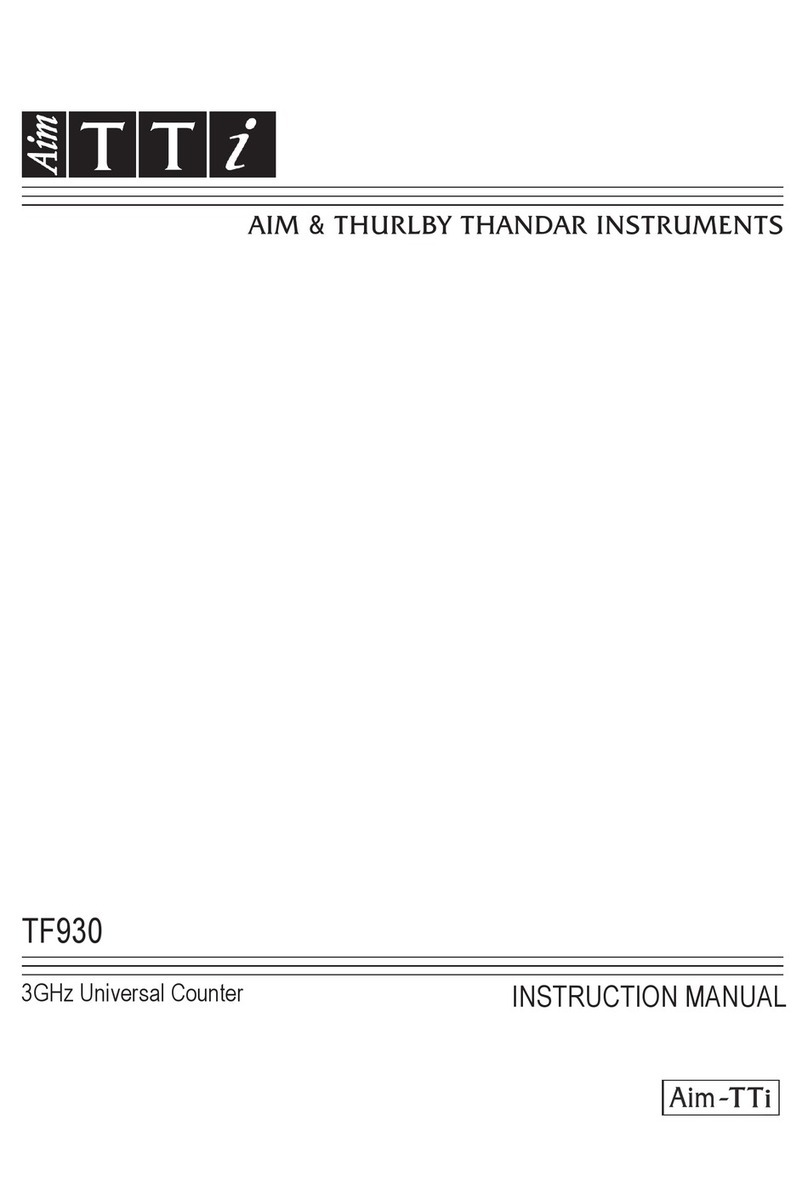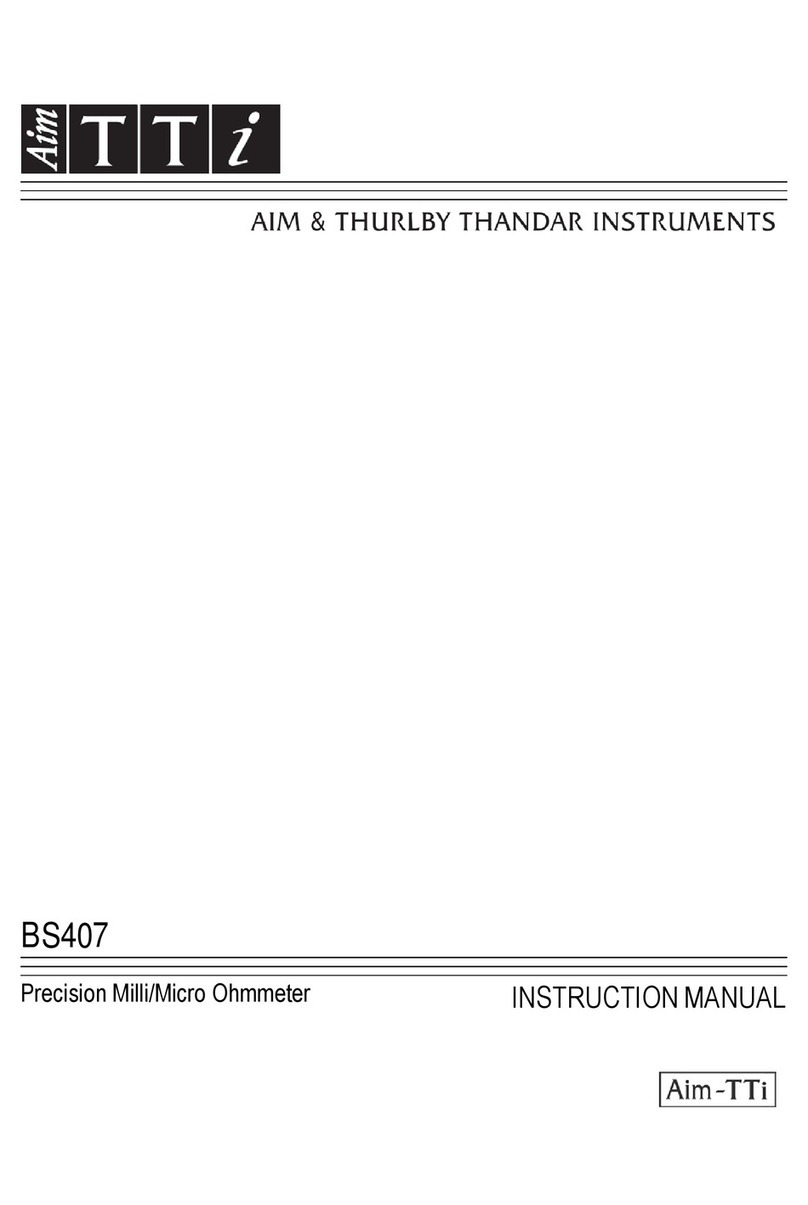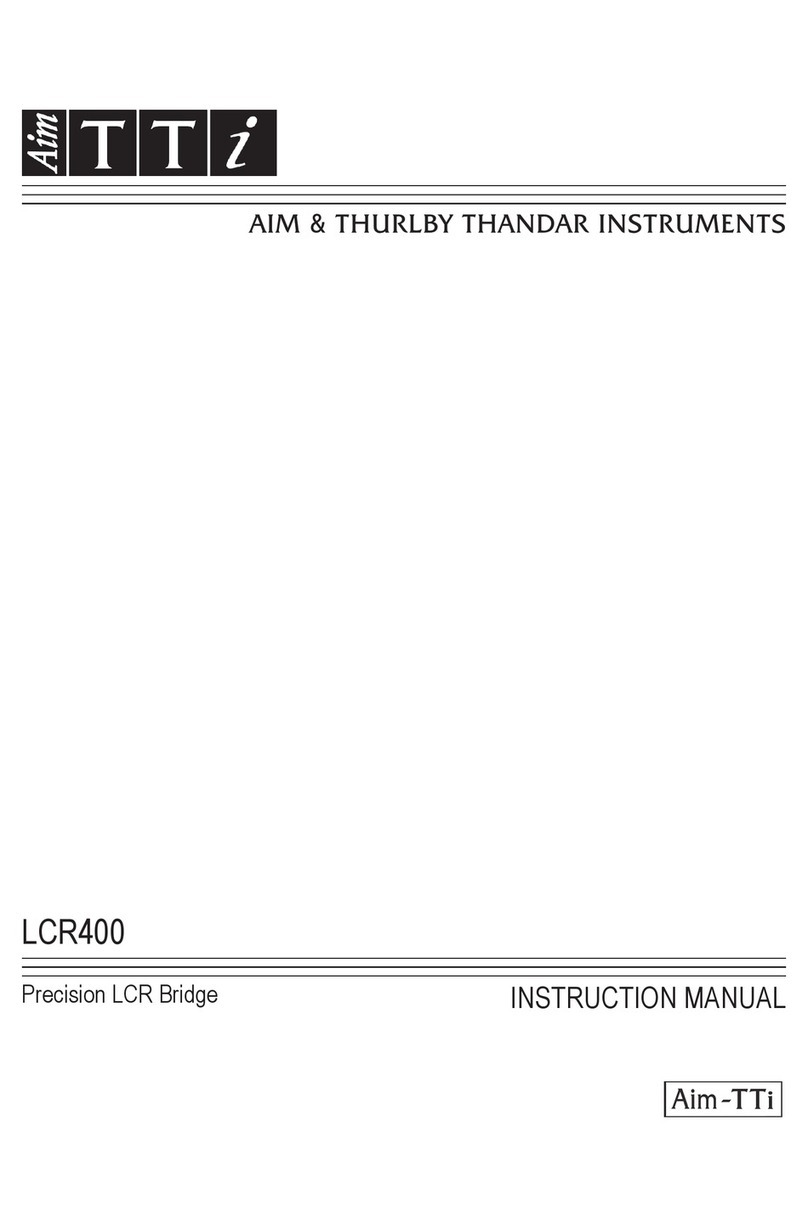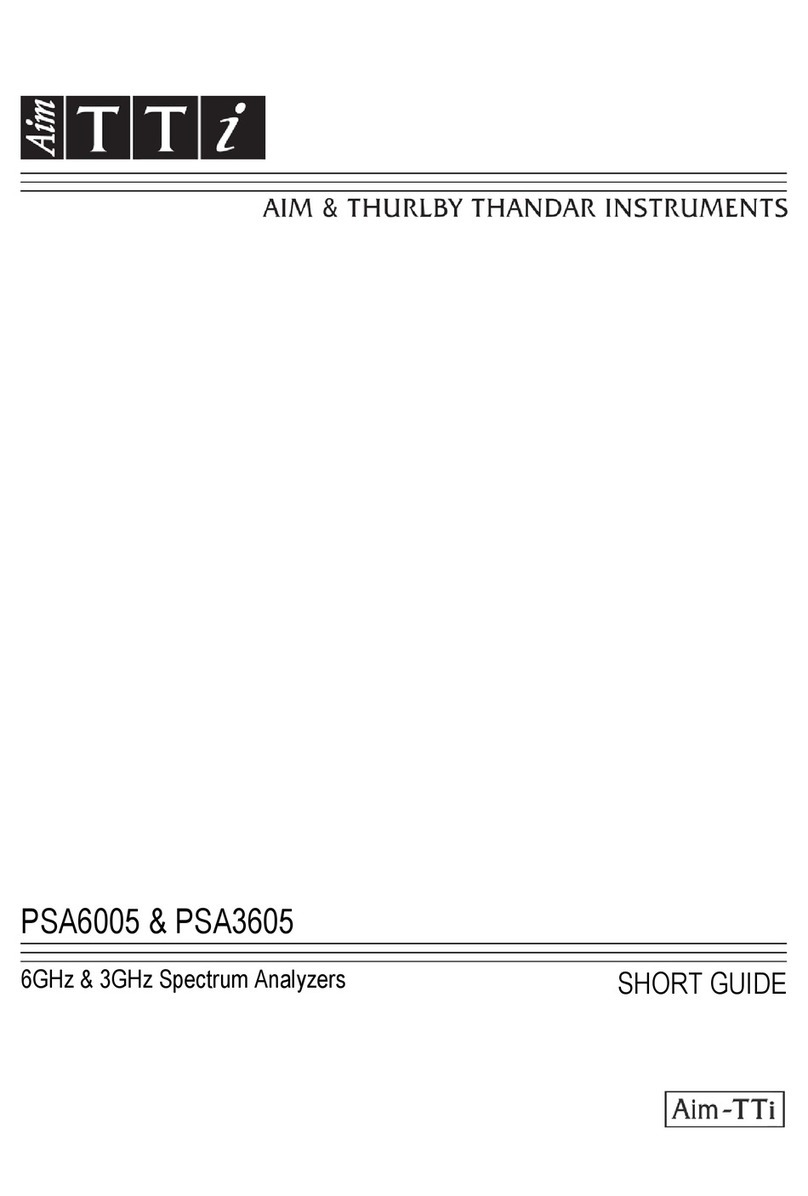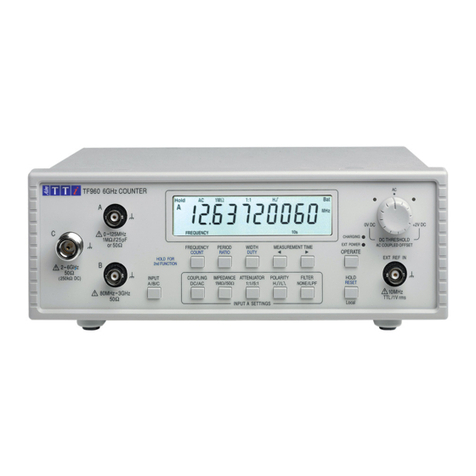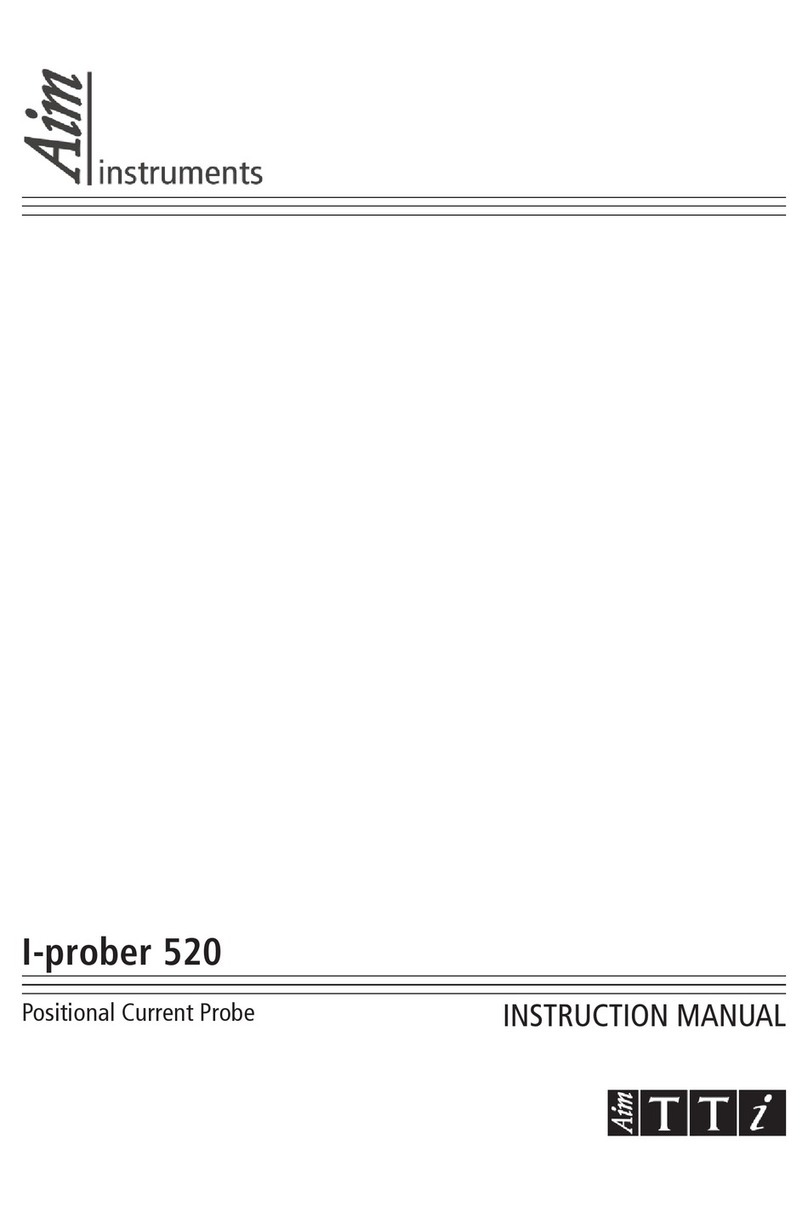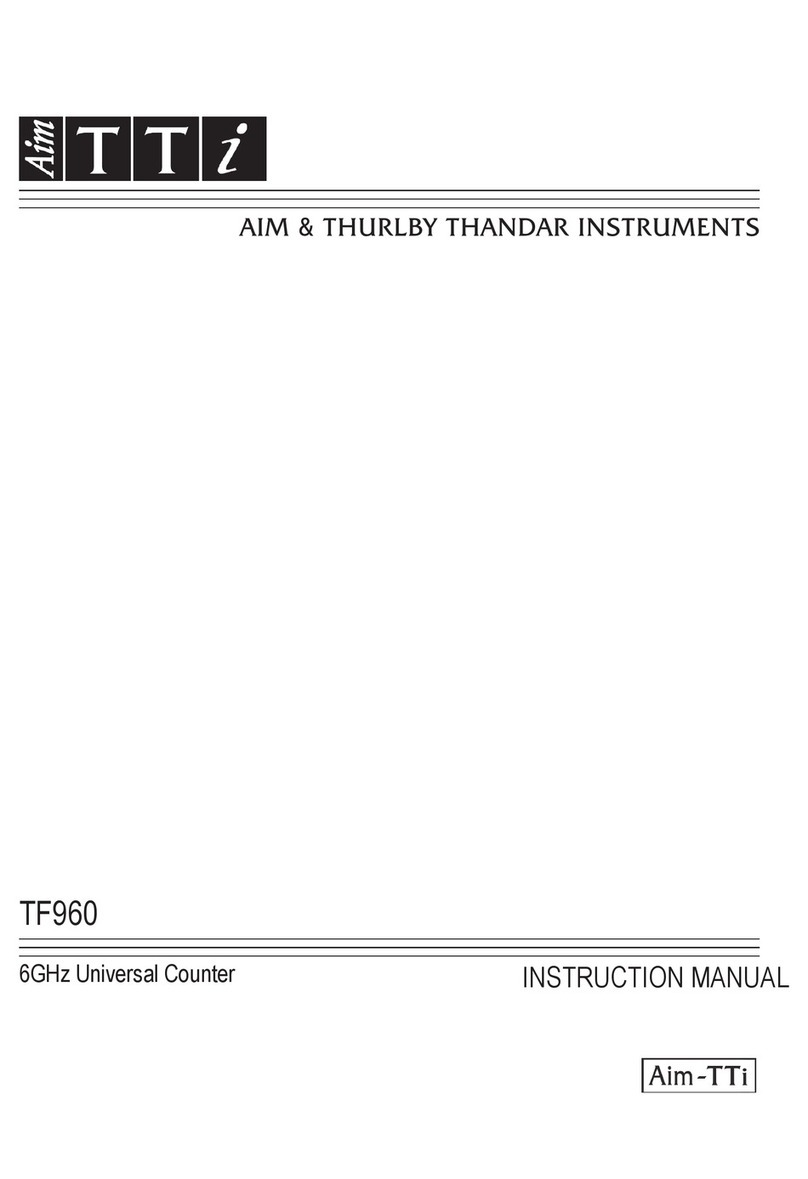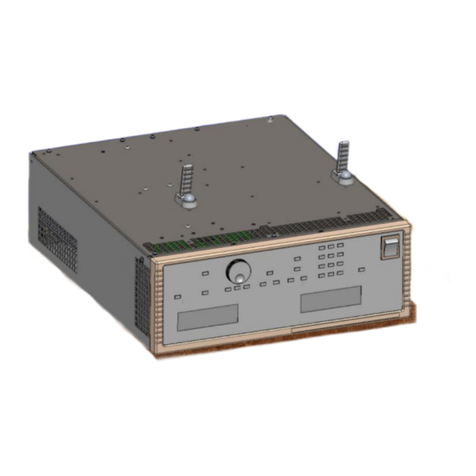
CONTENTS
2SMU4000 Series Instruction Manual
Graph view Menu ......................................................................................................................................................... 36
Storing and Loading Setup Files................................................................................................................................... 37
Event log....................................................................................................................................................................... 40
Easy setup .................................................................................................................................................... 41
Overview....................................................................................................................................................................... 41
Manual setup ................................................................................................................................................ 42
Overview....................................................................................................................................................................... 42
Operating Mode............................................................................................................................................................ 43
Source Modes .............................................................................................................................................................. 44
Load Modes.................................................................................................................................................................. 45
Measure Modes............................................................................................................................................................ 48
Terminal selection......................................................................................................................................................... 49
Measurement count...................................................................................................................................................... 50
Source shape ............................................................................................................................................................... 51
Output off state ............................................................................................................................................................. 60
Source Control.............................................................................................................................................................. 62
Limits and Protection .................................................................................................................................................... 64
Source Level................................................................................................................................................................. 66
Timing options .............................................................................................................................................................. 67
Sequence mode ........................................................................................................................................................... 70
Digital I/O....................................................................................................................................................... 77
Overview....................................................................................................................................................................... 77
Math Functions......................................................................................................................................... 79
Applying calculations to measurements ....................................................................................................................... 79
Measure........................................................................................................................................................................ 79
Result sorting ........................................................................................................................................... 80
Tolerance...................................................................................................................................................................... 80
Application notes ..................................................................................................................................... 81
Source- Measure considerations .................................................................................................................................. 81
